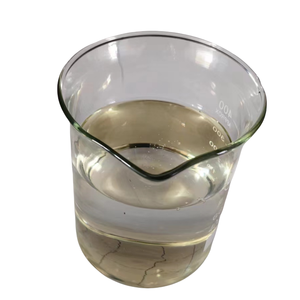
Construction Waterproof PVC Water stop Swimming Pool Waterstop Concrete expansion joint material
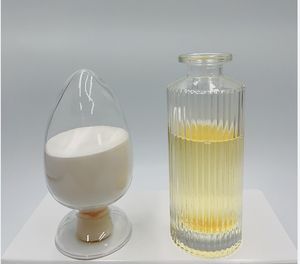
Construction chemicals Polycarboxylate superplasticizer water reducing admixtures PCE Powder For Concrete
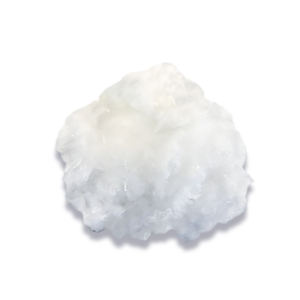
New Building Materials Concrete Shearing Micro Steel Fibers For Construction From Factory
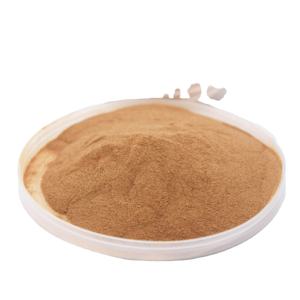
SBS bitument waterproof material different sizes for concrete roof and foundations
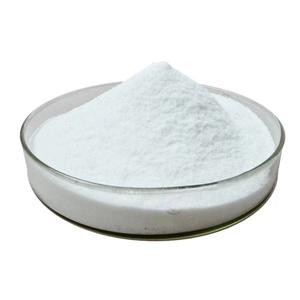
Chemical Admixture Sodium Gluconate Used For Water Reducer
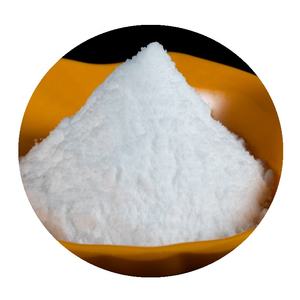
Industrial-grade hpmc product high thickening effect concrete additives tile adhesive Cas 9004-65-3
Overview of Silica aerogels nanoporous aerogel insulation blanket
Aerogels are ultralight, highly porous materials known for their exceptional insulation properties, remarkable low density, and incredible strength-to-weight ratios. Often referred to as "frozen smoke" due to their ethereal appearance, aerogels are produced by replacing the liquid component of a gel with gas, typically through supercritical drying, which avoids collapse of the gel structure. Composed primarily of air (up to 99.98%), these materials exhibit a wide array of unique characteristics that make them valuable across various industries.
Features of Silica aerogels nanoporous aerogel insulation blanket
Extremely Low Density: Aerogels are some of the world's lightest solids, with densities as low as 0.001 grams per cubic centimeter.
Superb Insulation: They possess extremely low thermal conductivity, making them among the best insulators known to man, effective at temperatures from -270°C to 1,000°C.
High Porosity: With a porous structure that can reach up to 99.9%, aerogels have an incredibly large internal surface area, enhancing their functionality in absorption and catalysis applications.
Translucent to Transparent: Depending on their composition, aerogels can transmit light, giving them a unique semi-transparent or transparent appearance.
Mechanical Strength: Despite their fragile appearance, aerogels can be engineered to possess significant mechanical strength, capable of bearing considerable weight.
Chemically Inert: Many aerogels are chemically stable and resistant to corrosion, making them suitable for harsh environments.

(Silica aerogels nanoporous aerogel insulation blanket)
Silica aerogels (SAg) have been widely used as a promising material for air and water insulating applications due to their unique properties, including high thermal conductivity, excellent mechanical stability, and non-toxicity. The performance of SAg nanoporous aerogel can be influenced by several parameters such as particle size distribution, surface chemistry, porosity, and particle shape. The parameter "particle size distribution" refers to the distribution of particles in the nanofibers of SAg. Generally, larger particles provide better insulation properties but may also affect the thermal conductivity and mechanical stability. The optimal particle size depends on the specific application and the desired balance between these factors. For example, in aerospace applications where high temperatures and vibration are expected, larger particles with higher porosity are more suitable. Surface chemistry plays an important role in determining the properties of SAg nanoporous aerogels. For instance, chemically modified surfaces can improve the adhesion of SAg nanofibers to materials, increase their stability, and reduce their toxicity. Additionally, functional groups such as hydroxyl groups or carboxylic acids can modify the electronic structure of SAg, leading to changes in its electrical conductivity, chemical reactivity, and catalytic activity. Porosity is another critical parameter that affects the performance of SAg nanoporous aerogels. Porosity increases the contact area of SAg nanofibers with surrounding materials and allows them to penetrate deep into the container or sphere. However, excessive porosity can lead to increased scattering losses and decreased heat transfer rates. Therefore, a balance between porosity and surface coverage is necessary to achieve optimal insulation properties. Finally, particle shape also influences the performance of SAg nanoporous aerogels. Nanostructured particles can exhibit distinct shapes, such as cylindrical, cuboidal, or trigonal, which can affect their surface area, electronic structure, and interaction with materials. For example, porous cubic nanostructures with large surface areas and improved thermal conductivity can offer significant advantages in cooling applications. In summary, the parameter "particle size distribution," "surface chemistry," "porosity," and "particle shape" all play important roles in determining the performance of silica aerogels nanoporous aerogels. To optimize the performance of these materials for specific applications, it is essential to carefully consider and control these factors during synthesis, processing, and testing.

(Silica aerogels nanoporous aerogel insulation blanket)
Applications of Silica aerogels nanoporous aerogel insulation blanket
Thermal Insulation: Used in aerospace for spacecraft insulation, and in commercial and residential buildings for energy-efficient windows and insulation materials.
Environmental Remediation: Aerogels' high surface area makes them effective in absorbing pollutants like oil spills and heavy metals from water.
Sound Absorption: Their porous structure absorbs sound waves effectively, making them useful in noise reduction applications.
Electronics: Aerogels' low thermal conductivity and electrical insulation properties find applications in semiconductor and battery technology.
Optics and Photonics: Translucent aerogels are used in optical devices, light-guiding structures, and as filters.
Drug Delivery: The high surface area can be utilized for controlled drug release, making aerogels candidates for advanced medical applications.
Cie-China is a trusted global chemical material supplier & manufacturer with over 12-year-experience in providing super high-quality concrete additives and relatives products.
The company has a professional technical department and Quality Supervision Department, a well-equipped laboratory, and equipped with advanced testing equipment and after-sales customer service center.
If you are looking for high-quality concrete materials and relative products, please feel free to contact us or click on the needed products to send an inquiry.
L/C, T/T, Western Union, Paypal, Credit Card etc.
It could be shipped by sea, by air, or by reveal ASAP as soon as repayment receipt.
FAQs of Silica aerogels nanoporous aerogel insulation blanket
Q: Is Silica aerogels nanoporous aerogel insulation blanket fragile? A: Traditional aerogels are brittle and fragile; however, advancements have led to the development of "flexible" or "rigid" aerogels that maintain their unique properties while being more durable.
Q: How is Silica aerogels nanoporous aerogel insulation blanket made? A: Silica aerogels nanoporous aerogel insulation blanket is synthesized by replacing the liquid in a gel with gas without causing the structure to collapse. This is typically achieved through supercritical drying, where the solvent is converted to a supercritical state, allowing it to evaporate without forming liquid-gas interfaces that could damage the gel structure.
Q: Is Silica aerogels nanoporous aerogel insulation blanket expensive? A: Historically, aerogels have been costly due to their complex manufacturing process. However, with technological advancements and economies of scale, costs are gradually decreasing.
Q: Can Silica aerogels nanoporous aerogel insulation blanket conduct electricity? A: Most aerogels are poor conductors of electricity due to their porous, insulating nature. However, certain metal-oxide aerogels can display semiconducting or even conducting properties.
Q: Is Silica aerogels nanoporous aerogel insulation blanket environmentally friendly? A: Aerogels themselves do not pose environmental hazards, and their use in insulation can reduce energy consumption. However, the production process may involve chemicals that require careful handling and disposal.

(Silica aerogels nanoporous aerogel insulation blanket)
Ask a quote for the latest price and one of our team members will respond as soon as possible. Fields marked with * are required.




